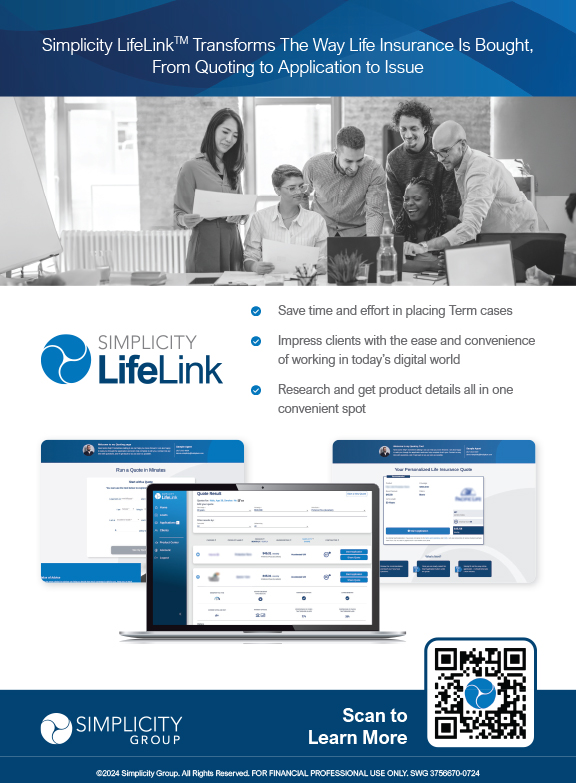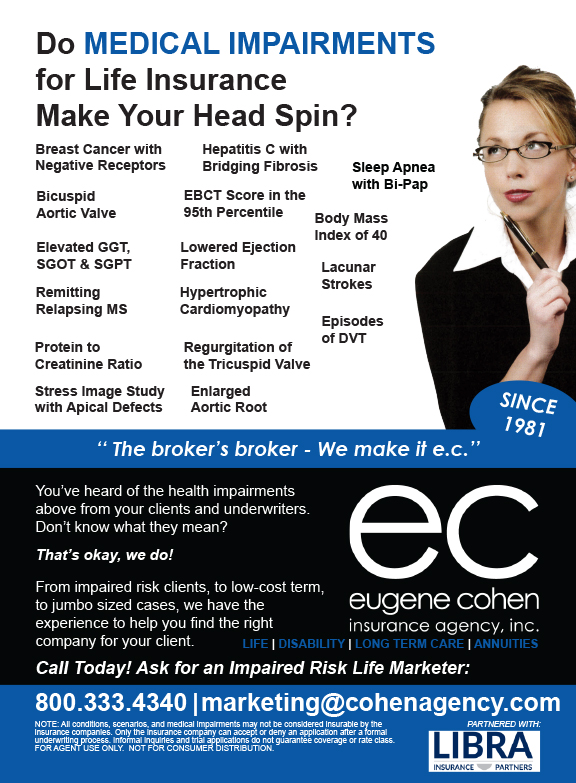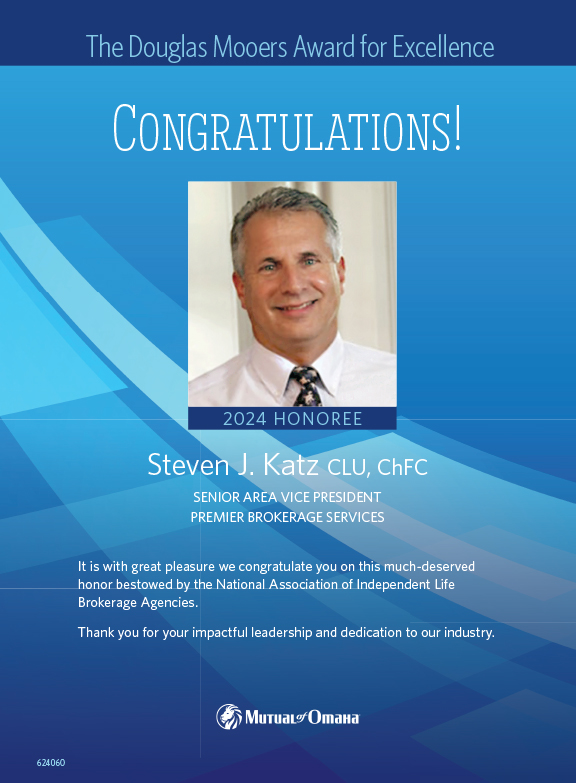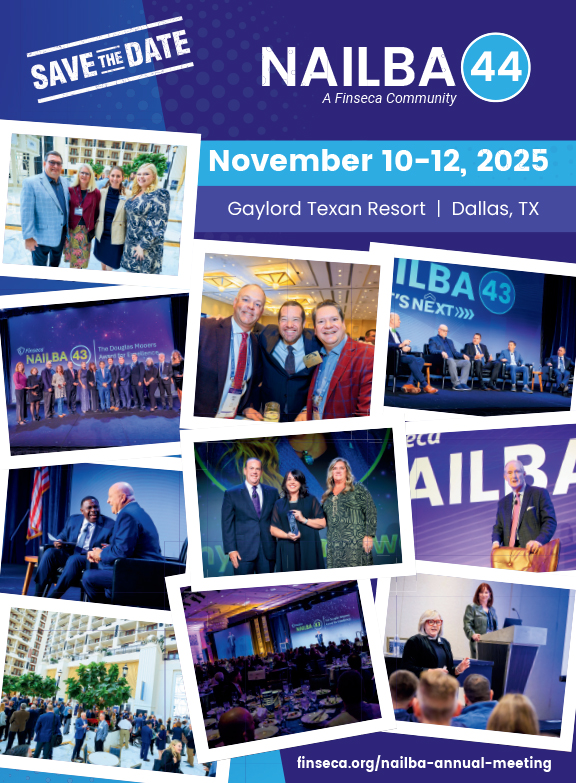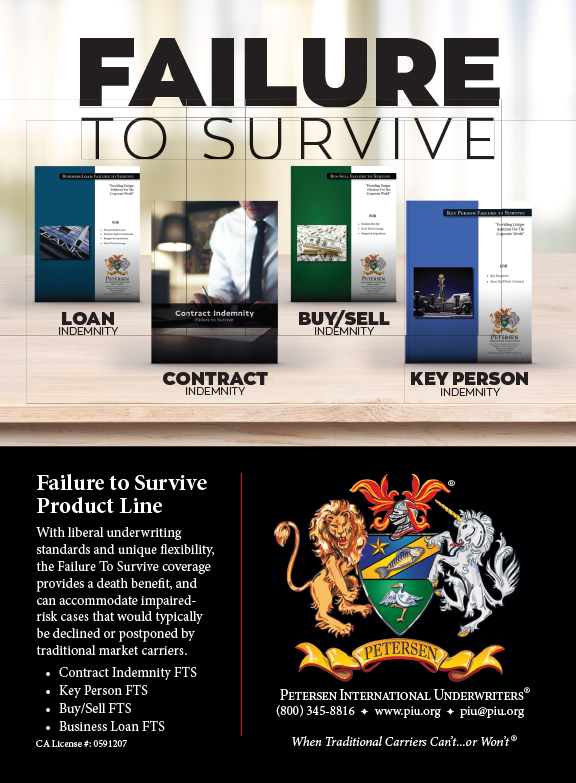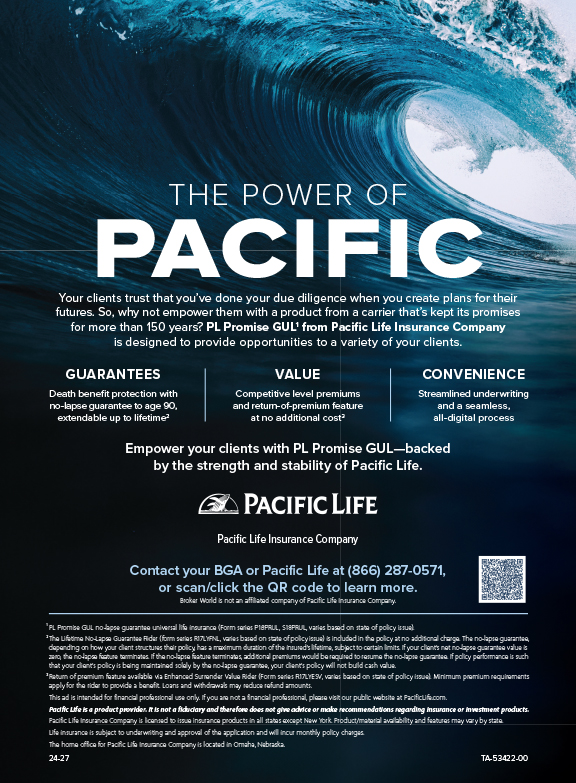In my previous articles I have focused on how to use generic lead generation to build your practice. That approach is still my firm’s number one way to find qualified prospects and develop our client base. Many of the calls and emails I have received have focused on the mailer we use. I have addressed this in previous articles and want to affirm in this one that while the mailer that you send is important, it is not what will lead you to success (we’ve used the same one for more than two years).
Recently, I broke one of my own rules and changed my list criteria—the response rate suffered and, therefore, so has my activity for the last quarter. I raised my minimum income level, hoping for the same response rate and better prospects. I got the latter result but not the former. In this article we will discuss a difficult concept which I call hugging the cactus.
As we all know, a cactus is a plant that is native to the great American Southwest. It’s most distinctive characteristic is the sharp spines that grow on its surface—making it beautiful, but dangerous to the touch. While lovely when seen from a distance, we approach cacti cautiously, since we don’t want to get stuck with one of those spines.
Success in this business is achieved to the degree that we must be willing to do things we don’t like to do—when we are supposed to do them and whether we like it or not. Kind of like hugging a cactus.
I am solicited all the time by organizations and marketing companies that promise me that I will no longer need to hug my cactus. They tell me that I can make more income with less effort if I will only succumb to their marketing system, buy their leads, go to their symposium, talk to their guru, etc. Call me a skeptic, but I don’t buy any of it. The only truth that I know is that to achieve success in any business there are just a few key elements necessary for success.
First, you must be clear about your passion. In other words, if you like to simply sell a specific product such as long term care insurance, final expense or Medicare supplement plans, then that is exactly what you should do.
In fact, I often wish that I could develop such a narrow focus for my own practice. It would simplify my life to be honest with you. However, in my case, I have accepted the fact that this is just not how I am wired. My passion is retirement income planning; thus, I have a very large cactus to hug, since it requires that I know about Social Security, Medicare, long term care, investing, annuities, life insurance, wills and trusts, taxes, etc. In other words, it requires constant study.
Second, you must have a system to get your message out to your prospects and clients. Nothing is more important than having a system. If you don’t know how you are going to go through the complete sales cycle in a defined, repeatable fashion, then you are going to be surrounded by cacti and will bump from one to the other.
The chances of success by not following a proven system diminish rapidly and I believe exponentially. Using generic direct mail is my system, yet that doesn’t mean it has to be yours. My point is that you simply must have a system.
Third, you must have the proper tools in your toolbox. I could not imagine not having my tools (products, software programs, contact management software, illustration software, letters, follow-up tools and, last but not least, presentation materials) available to do my job. I spend a lot of time (maybe more than I should, to be honest) practicing with these tools to hone my skills so that I am prepared.
Finally, you must know which cactus you simply refuse to hug and find a partner or staff to hug that one for you. In my case, I am notoriously poor at paperwork detail. While I can be painstakingly detailed in building retirement income plans for my clients, I am fortunate to have a partner who is fabulous at handling the paperwork side of the business. I have also been fortunate to find another staff person who hugs the phone cactus for me now, but do not be deceived! I know how to make calls and made them all myself when I first started my system and, if need be, it is a cactus I can and will hug again if I have to.
There is nothing magic without a system and the proper tools. Remember what I said earlier—that the mailing piece is just part of the system. As much as I would like to tell you that it will put you in front of prospects who are anxious to buy, it won’t. Sorry!
I will happily share with anyone who asks me which mailer I send. Mail it if you like, but if you are not using a system and are not willing to hug the cactus—meaning you are committed to learning a system and all of the steps in the client acquisition cycle or to developing and following your own system—then I hate to say it, but you’re wasting your money sending out mail.
I will confess that I still read the advertisements and talk to marketers and I look to see if they pass the smell test. My smell test is to find out if the person with the system is simply hawking the system or if they are sharing something that they use successfully. If it is the latter, then I will listen to the pitch; if it is the former, I will dismiss it for what it is. I could be wrong, but I know what is working for me, and unfortunately there’s no way around it—I have to hug the cactus.
In my next articles, I will outline the steps to the system that we use.
Good luck and good selling.








